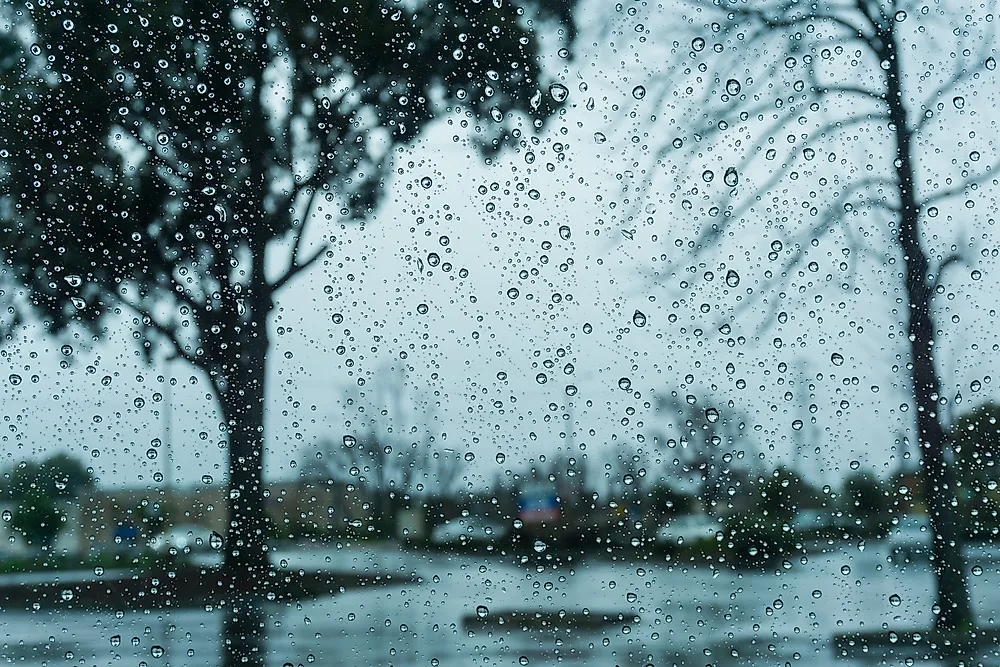What is an Atmospheric River? Why Does it Cause Rainfall?

An atmospheric river is a build up of moisture in the Earth's atmosphere that presents itself as rain or snow. They are most common in coastal areas, as they suck up moisture from large bodies of water before dumping them onto the land. Atmospheric rivers notably caused a forecast of heavy precipitation in California in 2019. In the case of California, most atmospheric rivers form in the area surrounding Hawaii.
Make-Up of Atmospheric Rivers
Atmospheric rivers are generally long and thin in appearance. They are capable of carrying amounts of water that are comparable to or even great than the world's largest rivers. While they are most often found in North America, they can also occur in areas in northern Europe, southern Africa, and Oceania.
The precipitation that comes from an atmospheric river is known for lasting for prolonged periods of up to 100 hours. Due to such heavy amounts of precipitation in such a small amount of time, atmospheric rivers are known for causing flash floods, which can sometimes be dangerous.
Atmospheric Rivers in California
Most of the rainfall that occurs in California can be traced to atmospheric rivers. In California, rainfall patterns are not consistent but instead can be quite sporadic and unpredictable. This is just one of the causes of the state's water instability. In the mountainous regions of the state, the precipitation can fall in the form of snow.
While most rain storms of this kind happen in California during the winter season, off-season cases are not unheard of.
Not All Created Equal
Atmospheric rivers are not necessarily dangerous. In fact, many of the flash rainfalls that they cause are actually a positive occurrence, especially if an area was struggling with drought. Most storm systems are not actually that strong and do not have overwhelming effects. However, aside from flooding, some negative outputs can be mudslides, landslides, and travel disruptions.











